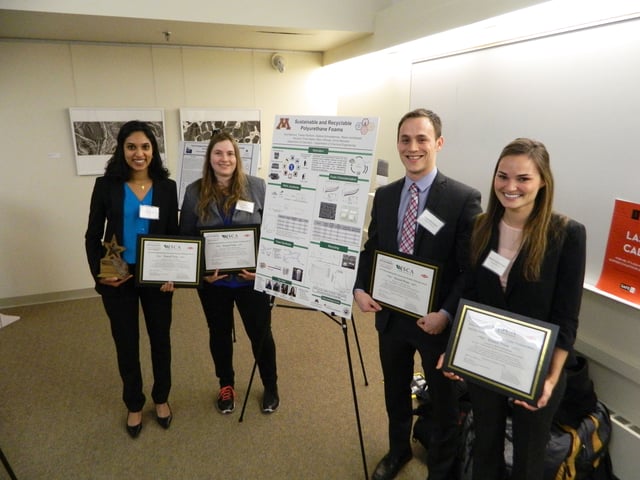
To avoid clogging up our oceans and land space, companies and researchers have been trying for years to focus on producing biodegradable materials. We saw a University of Illinois team devise a method to convert plastic bags into biofuel just last year. Now a team of graduate students at the University of Minnesota has created a polyurethane foam that is biodegradable.
“Polyurethane foams are useful and important materials that are utilized in a range of applications including mattresses, seat cushions and home insulation,” says Tessie Panthani, a chemical engineering and materials science Ph.D. candidate at the University of Minnesota. As such, the human race is unlikely to stop producing it anytime soon. “Unfortunately, the majority of polyurethane foams are derived from nonrenewable resources, do not degrade in the environment, and have chemical structures that preclude these materials from being recycled by melt reprocessing,” she says in a recent University of Minnesota press release. In other words, these foams are generally very bad news for nature.
Panthani and the rest of her team created a solution in the form of biodegradable foam. They managed to create a polyol, the main building block of polyurethane, from feedstock. This means that the resulting foam can be degraded in nature or melted down for recycling.
The four graduate students presented their creation at the Dow Sustainability Innovation Student Challenge Award competition at the University of Minnesota’s Institute on the Environment in St. Paul. They took first prize, which is a $10K prize provided by IonE and the Dow Chemical company.
